Do you want your garden to look colorful and vibrant all the time? Anemone flowers could be the ones for you. They are pretty, low-maintenance flowers that don’t require any hard work.
Anemones are eye-catching and early-blooming. They can make your home garden a lovelier place.
These soft, daisy-like, cup-shaped flowers bloom just after three months of planting and flourish throughout spring or fall.
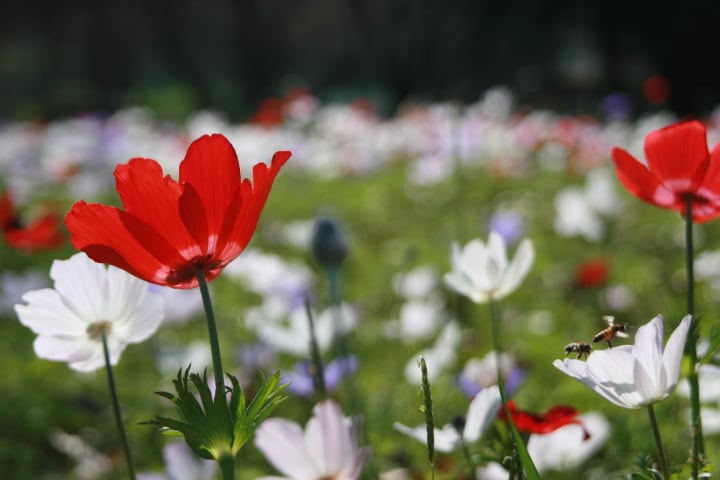
So, if you are looking for a flower that will impart colors to your garden at both season ends, anemone flower might be the ideal pick.
Available in various shapes and sizes, anemone flowers are found in several regions, including parts of Europe, North America, and Japan.
One of the most productive bloomers around, anemone flowers, are available in a variety of colors including white, red, pink, purple, and yellow.
No wonder then that they are a longtime favorite of florists and brides.
In this anemone flowers guide, we provide you with all the information you need to know about growing and taking care of beautiful and healthy anemone flowers.
Ready when you are!
The Meaning of Anemone Flowers
In Greek mythology, these beautiful flowers are a symbol of the love between Aphrodite and Adonis.
These gorgeous flowers are known to have sprung from the tears Aphrodite shed when she mourned the death of her lover, Adonis.
The flower is a symbol of forgotten love and affection, along with excitement and anticipation.
Fact: In Greek, “anemone” means windflower.
Additionally, it’s thought that this flower brings luck and protection against evil.
Legends also say that when anemone flowers close their petals, it’s a sign that rain is approaching.
Anemone Flower Varieties
Owing to their vibrant shades, anemone flowers can be a welcome addition to your backyard or flower garden.
There are many varieties to choose from, and we recommend having a quick look at some of the best ones before growing your own.
Here are some of the most beautiful anemone flower varieties.
Anemone Blanda
Anemone Blanda, commonly known as Balkan Anemone, yields little daisy-like yellow blooms on wiry stems on top of fern-like foliage. The flowers are available in pink, blue, white, or in a mixture of three.
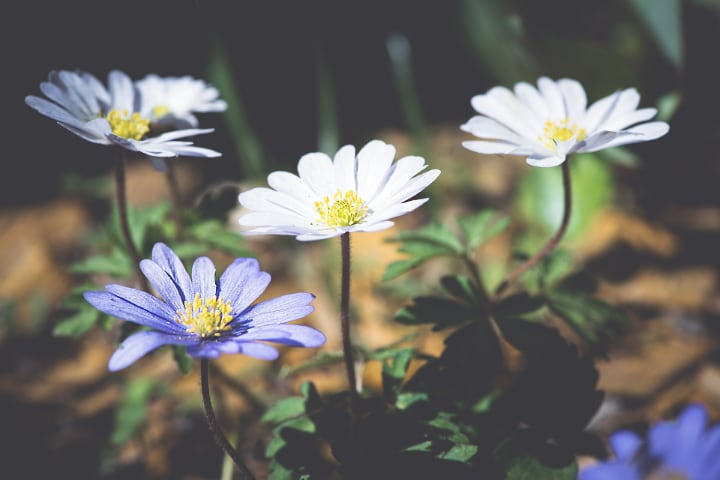
This variety adapts well in the outdoors and is hardy from zone 5 to 9.
Tip: Mix this variety with tulips and hyacinths to give your garden an astonishing look.
Anemone Coronaria
Commonly known as Poppy Anemone or Windflower, Anemone Coronaria is a beautiful species that boasts poppy-like flowers. it’s available in a variety of colors, including red, white, pink, and blue-red.
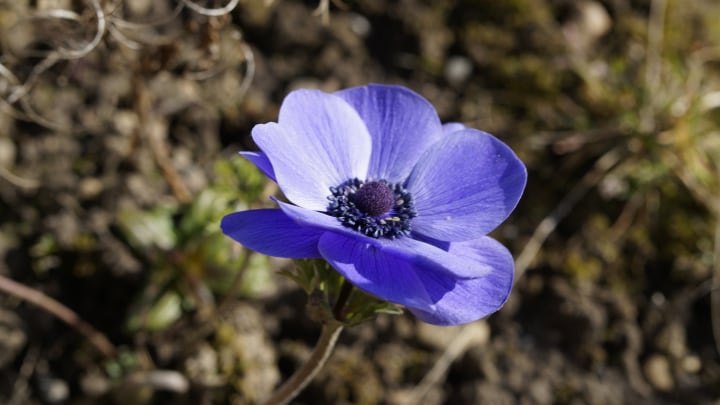
Easy to grow, these butterfly flowers attract butterflies and can give your garden an irresistible look.
The broad and bright faces of these anemone flowers are very appealing, which also makes them quite popular in floral arrangements.
Good to know: The Anemone Coronaria is hardy to zones 8 to 10. The variety blooms from midsummer to late fall in abundance.
Normally, these anemone flowers grow up to a height of 10-16 inches and a width of 6-9 inches.
Anemone “Mr. Fokker”
If you love the color blue, you need to have the Anemone “Mr. Fokker” in your garden. A dark blue flower with a dark center, the Anemone “Mr. Fokker” is a famous cut-flower that can add a touch of elegance to your garden.

These flowers thrive best in a warm and dry spot and can be grown as hardy perennial outdoors.
Plant them in the fall and early spring for spring and late spring blooming respectively. These shrubs can grow taller than other varieties.
Anemone “Japonica”
Well, who doesn’t want adorable light-colored flowers in their backyard? Anemone Japonica grows to a height of 4 feet and exudes beauty and peace. Its creamy pink blooms elegantly beautiful.
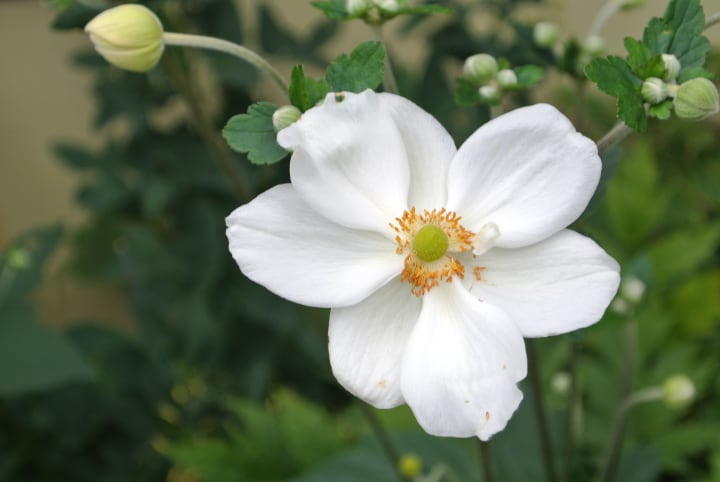
These anemone flowers look best when planted in masses or in borders. For their growth, you will need moist and fertile soil with partial shade or full sunlight.
Anemone “Sylvestris”
Known to bloom in late spring and early summer, Anemone “Sylvestris” is a delicate white flower that grows atop dense and green foliage.
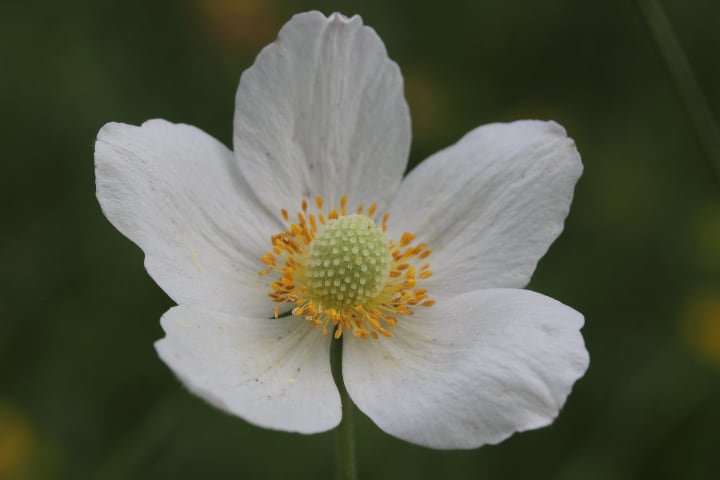
Tip: You can grow it in containers as well and in cold frames but you have to protect it from snowmelt and heavy rain.
Growing to a height of 12-18 inches, these flowers require deciduous shade and light soil for healthy growth. Since they are rather short, these flowers are perfect for the front borders.
Anemone “Honorine Jobert”
This variety produces pure white flowers of 2-3 inches in width. With a cluster of vibrant yellow stamens in the center of each flower, Anemone Honorine Jobert is grows on top of wiry, tall stems above dark green foliage.
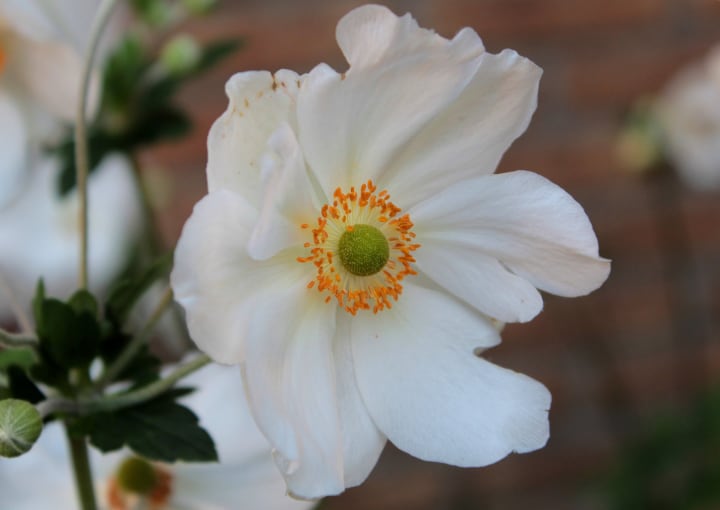
If you want to upgrade the look of your garden by bordering it for late summer and fall, this variety might cater to your needs.
Watching these anemone flowers swing with the breeze, you’ll feel peace and calm coming to your home.
Anemone “Hadspen Abundance”
Perfect for late summer and fall, Anemone “Hadspen Abundance” can brighten your garden once other flowers have wilted.
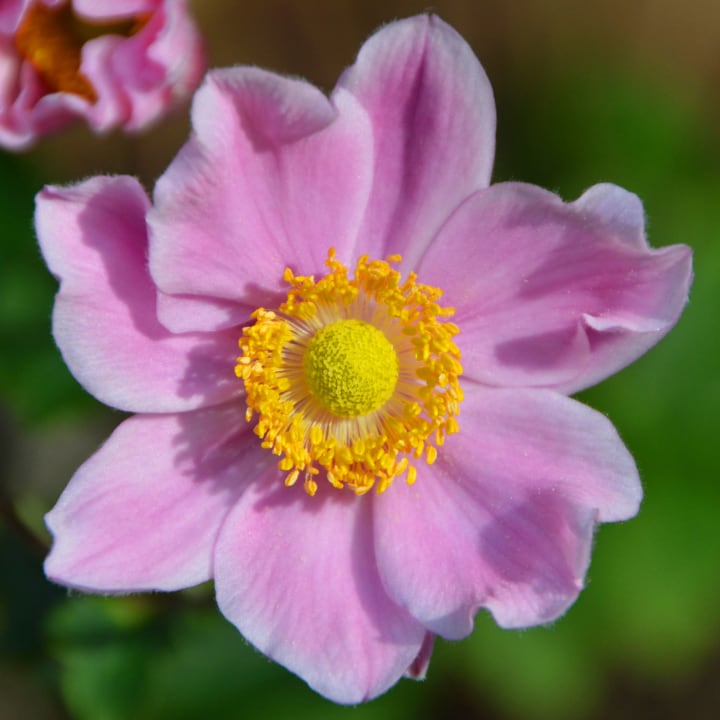
These blooms can grow in cool temperatures and flower until the first frost fall. These anemone flowers are low maintenance and naturalize readily. In other words, they are a great choice for beginner gardeners!
Anemone “Quinquefolia”
Another name of Anemone Quinquefolia is “Wood Anemone.” This flower blooms in spring and usually goes dormant in the summer.
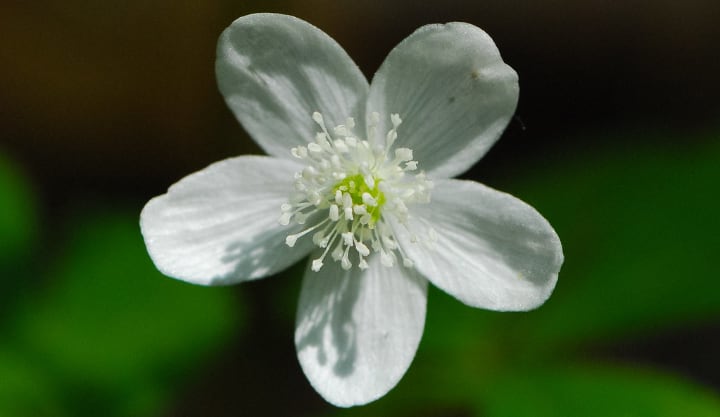
Growing up to a height of 4-6 inches, these daisy-like anemone flowers wear deep white, purple-blue, or pink.
Tip: This variety easily grows in organically rich and well-drained soil and like moderate moisture.
Anemone “Serenade”
Although it grows slowly, Anemone “Serenade” looks cute in the garden with its pretty color and size. Growing up to two feet tall, this variety boasts pink daisy-like flowers atop wiry stems. It blooms from summer to fall.
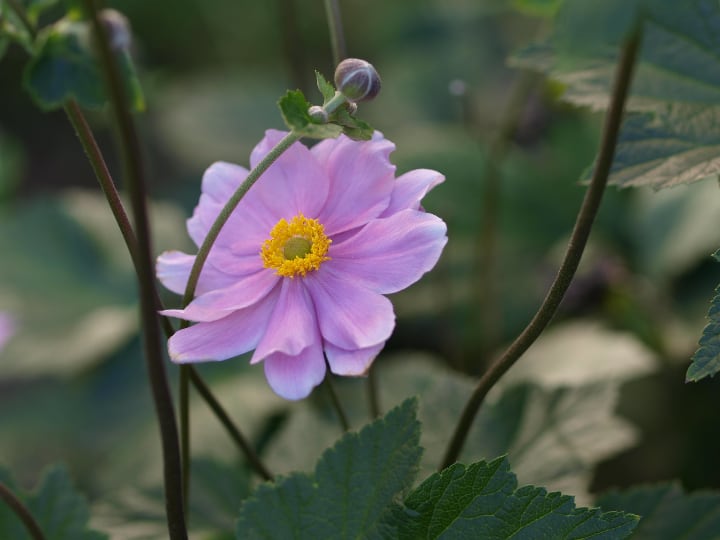
Tip: These flowers prefer a moisture-rich location and can spread to form a large patch.
Anemone “Montrose”
Featuring shaggy petals along with pure pink tones, Anemone “Montrose” will surely uplift your spirits.
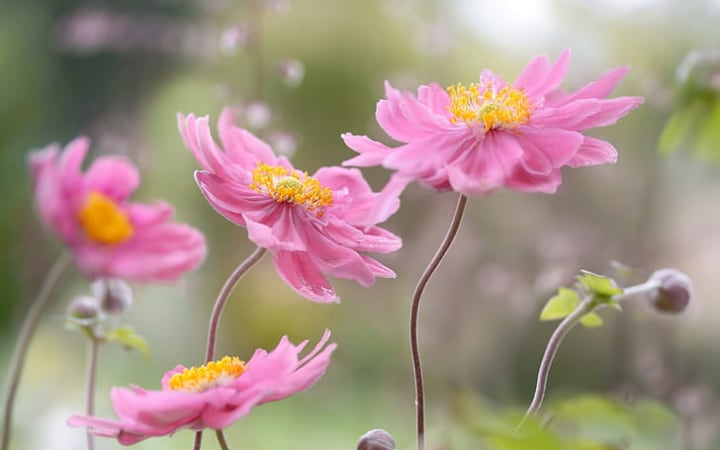
With a long bloom time at the end of summer, this variety can even survive in extreme winter temperatures of -20 degrees F (-28 degrees C).
Anemone “Praecox”
One of the earlier fall-blooming anemone flowers, anemone praecox is a single-flowered and dark pink perennial which spreads by suckering.
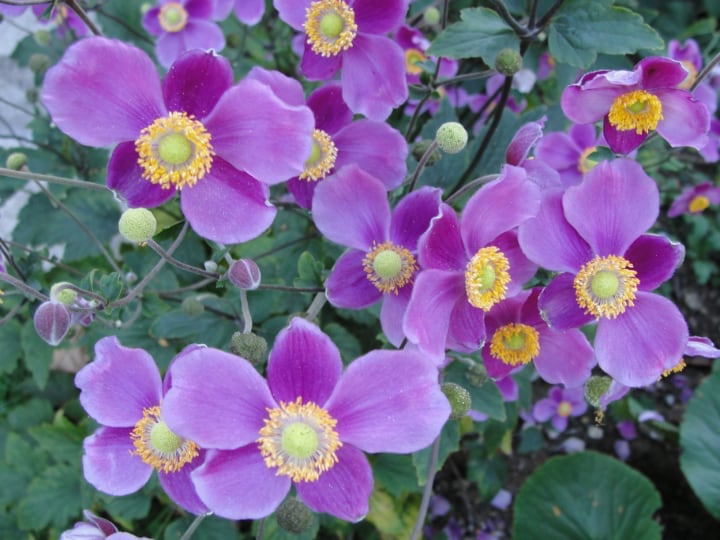
The creamy pink-colored petals have green-yellow centers that grow to a height of 30 inches.
Tip: You can grow this variety in almost any location, making it a perfect pick for beginners.
Anemone “De Caen Group”
Shallow bowl-shaped blooms, anemone flowers “De Caen Group” are available in a variety of colors, including shades of blue-violet, red, and white.
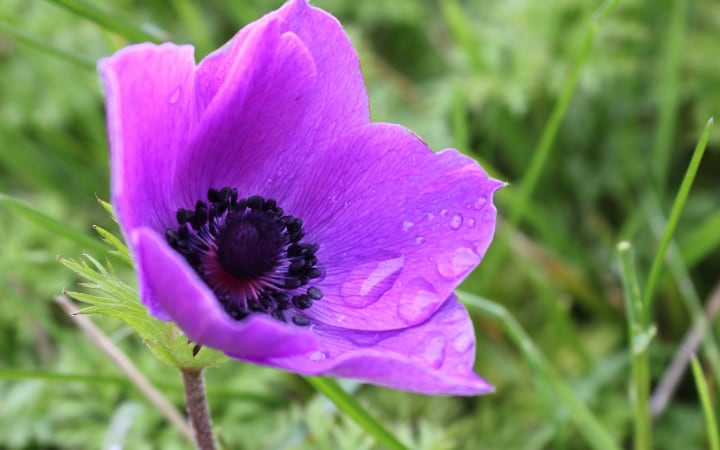
You can see these flowers bloom from March to April atop deeply divided and fresh green leaves. They are perfect for a sunny location.
Tip: These poppy-like blooms are hardy in zone 7. You can plant them in light, sandy soil. You can either plant this variety in fall for spring blooms or in spring for late summer blooms.
Anemone Flower Care
Anemone flowers bloom from the early spring to the fall months. So, if you plant these flowers in October, you can have them bloom in spring and summer.
Anemone flowers are generally low-maintenance, so you don’t have to care much for these shrubs.
Just follow a regular watering schedule, and you are good to go. It’s best to keep the soil moist but not wet.
Once these flowers bloom, they will last for nearly three to four weeks. But if you don’t harvest them, the flowers will be blown away or fall off.
Once the flowers have been spent, leave the plant’s foliage in place for food. Any foliage that discolors or dies can be cut for appearances, but this step is not necessary to keep the anemones healthy.
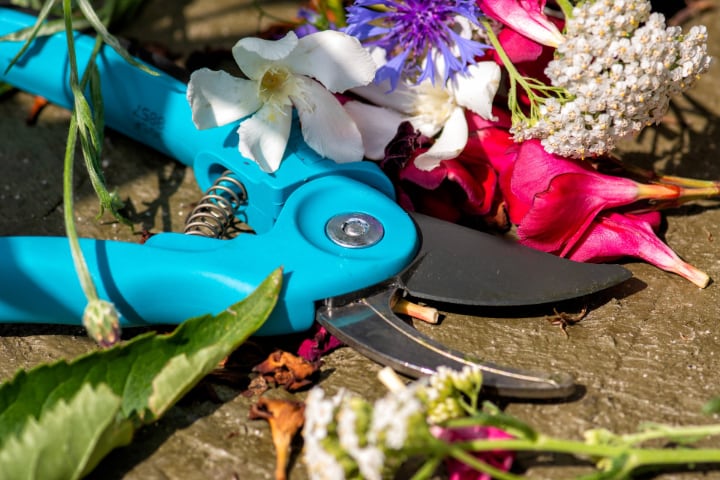
Prune plants at ground level in late fall, so they are well prepared for winter. A layer of mulch, straw, or leaves can be added on top to help protect the plants from winter weather.
Here is everything else you need to know about planting and growing anemone flowers.
Soil for Anemone Plants
Anemones should be planted in well-drained soil. So, make sure to improve the quality of your soil before planting this shrub.
Tip: You can do this by adding leaf mold, compost, or other organic matter to the soil.
Light
You can grow anemone flowers in both half and full sun. However, there are many varieties such as Anemone “Blanda” that flourish well only in partial sun.
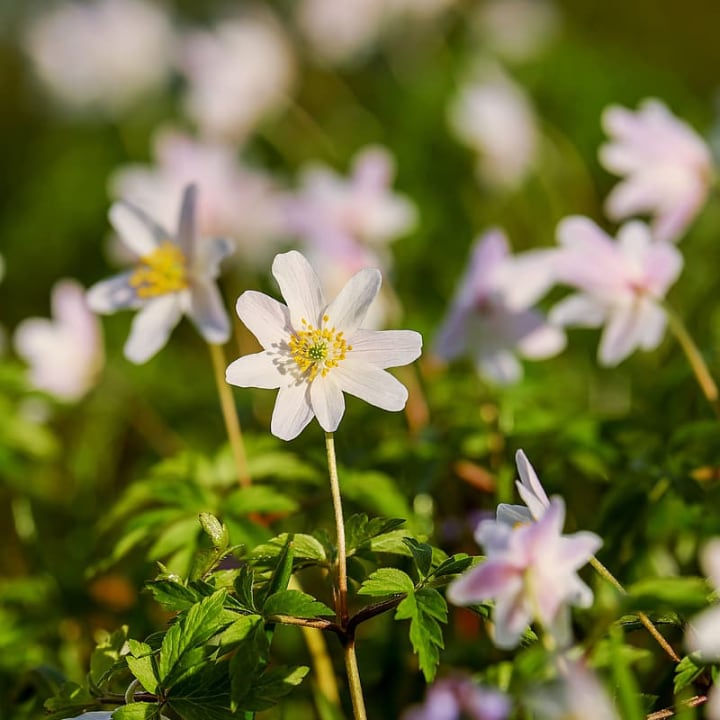
Further, Anemone “De Caen” can grow in sun or partial shade, but in colder zones, they bloom best in full sun.
Make sure to check the light preferences of the variety you choose.
Temperature
Anemones grow between 58 to 65 degrees F during the day and 42 to 50 degrees F at night.
However, the right temperature for active initiation can be lower than 54 degrees.
Watering Anemone Flowers
During the plant’s growing season, make sure the soil is consistently moist, so water it regularly.
Also, water the soil slowly so it can absorb as much water as possible.
Fertilizer
Although there is no need to add the fertilizer, you can add some bone meal to the soil in the spring for fall bloomers and in the fall for spring flowers.
This will act as a nutrient boost to the flowers.
Anemone Flower Pruning
Anemones don’t usually grow very tall, so there is no need to prune them for a tidy-looking garden.
However, taller varieties may look shabby after the first frost, so you may want to prune them during early winter.
Propagation
To bring these flowers back to life, hydrate them with a good soaking. Place them in warm water for a few hours, and you will be good to go.
To plant the anemones, place them 2 inches under the soil and 1 inch apart. Nature will dictate the growth of the stem roots.
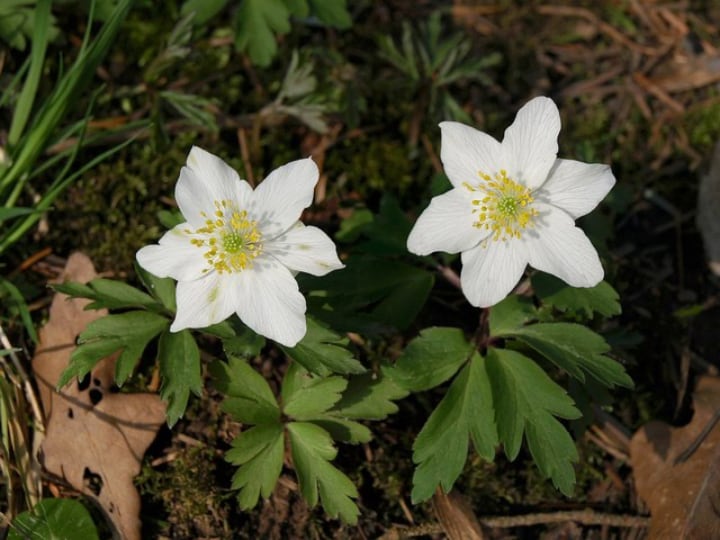
Good to know: Anemones are hard to grow from seed. But fall-blooming varieties can spread insistently by seed in warmer zones.
You can even divide fall flowers in spring by taking root cutting or as the plants emerge. For spring-blooming plants, you need to divide them in the late summer after the leaves fade.
Landscaping
You can either plant your anemones in borders or clusters as they will look gorgeous in both cases. Place them around your daffodils and tulips to uplift your backyard.
Anemone Flowers Commonly Asked Questions
We’ve been hearing quite a few questions about anemone flowers lately, which means that this little cuties are becoming popular in gardens around the world.
Here are some of the most frequent questions we’ve heard, together with the answers. Maybe you’ll find them useful!
Do anemones come back every year?
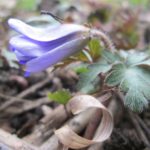
Some varieties like Anemone Blanda are hardy in zones 5-9 and will come back to bloom each year again.
Most other types of anemone flowers grow as annuals and do not come back unless you replant them every year.
How long do anemone flowers last?
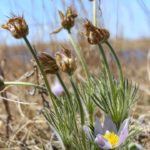
These flowers start to bloom after three months of planting. Usually, Anemones bloom in early spring and continue to thrive for 8-10 weeks.
If the flowers are planted in late winter, they will bloom by mid-spring and last for about six weeks. Anemones can last up to 10 days in a vase.
Do anemone flowers spread?
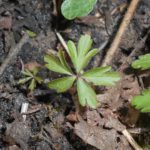
Yes, they can spread about anywhere! That’s why Anemone Flowers should be planted 3-4 inches deep on their sides and at least 4-6 inches apart.
In this way you can control their grow more easily and make sure that they stick to their flower beds.
Do anemone flowers self-seed?
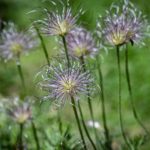
Yes, these flowers can self-seed just like wildflowers. The seeds of this plant are small and usually drift away as the wind blows if the harvesting is not done in the right way. They grow as perennials in USDA zones 6 to 10.
Are anemone flowers poisonous to dogs?

Yes, these flowers are toxic to animals and humans because they contain the substance anemonin. Anemone flowers irritate the mucous membrane and can cause blistering. They may even cause seizures and tremors, so handle with care!
Anemone Flowers – Make Your Garden Colorful
Now that you now all the essentials about anemone flowers, we hope you’ll plant a few in your garden.
If you are thinking of planting this shrub, make sure to consider the planting and care tips we shared with you to ensure the flowers have the best conditions possible for growing.
The result with be a beautiful symphony of colors that will delight your eyes and make you want to spend more time outside in your garden.
At the end of the day, anemone flowers are one of the best shade-loving plants on the market.
Now over to you.
If you have any queries related to these flowers, get in touch with us and we will be happy to assist you.
Drop us a comment below or use the contact form–whatever works for you!
Happy planting and gardening!

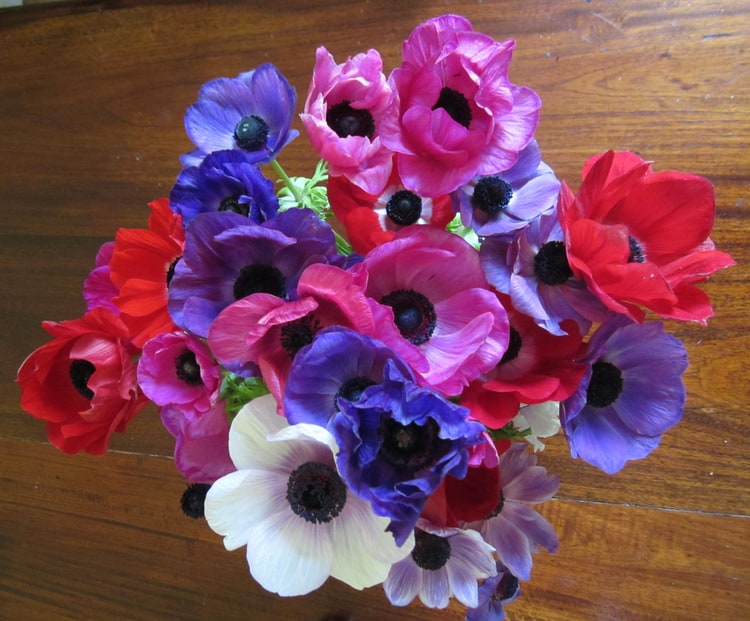
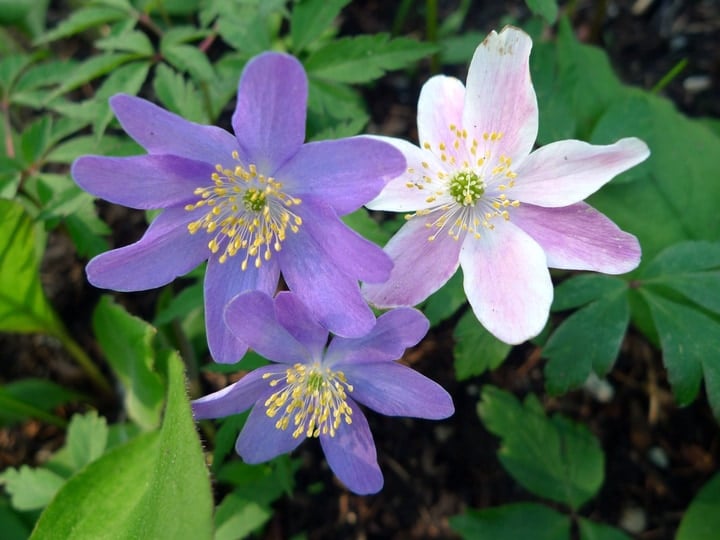
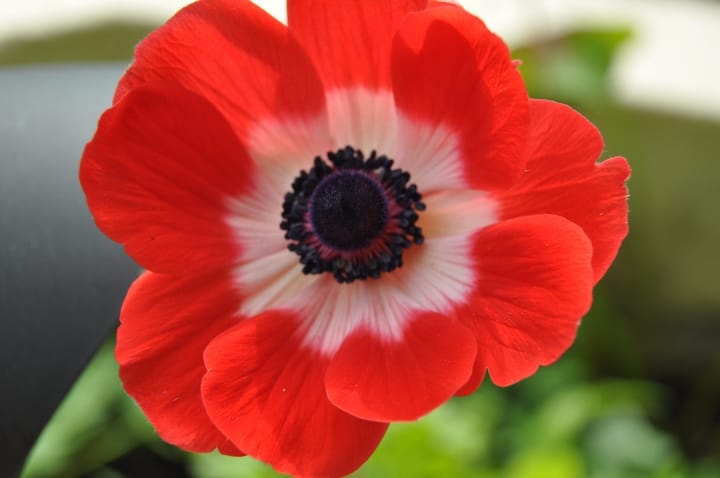
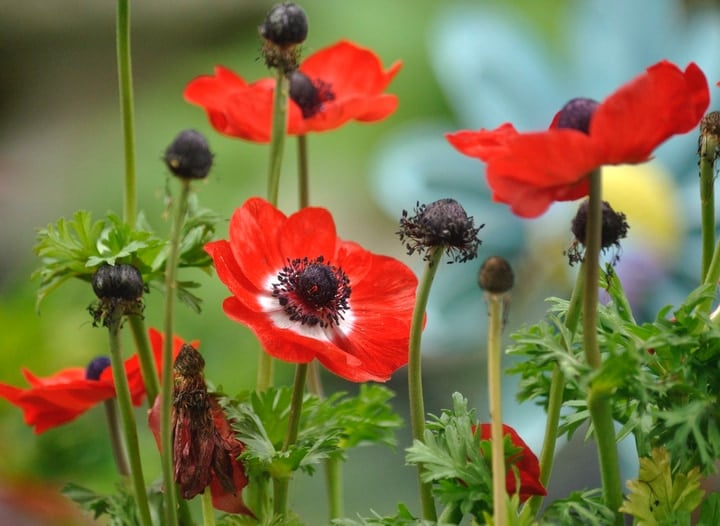
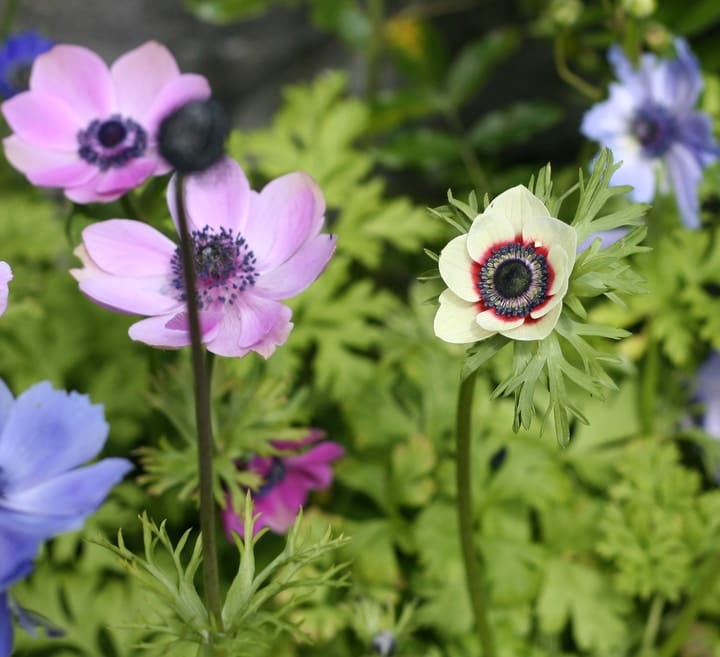
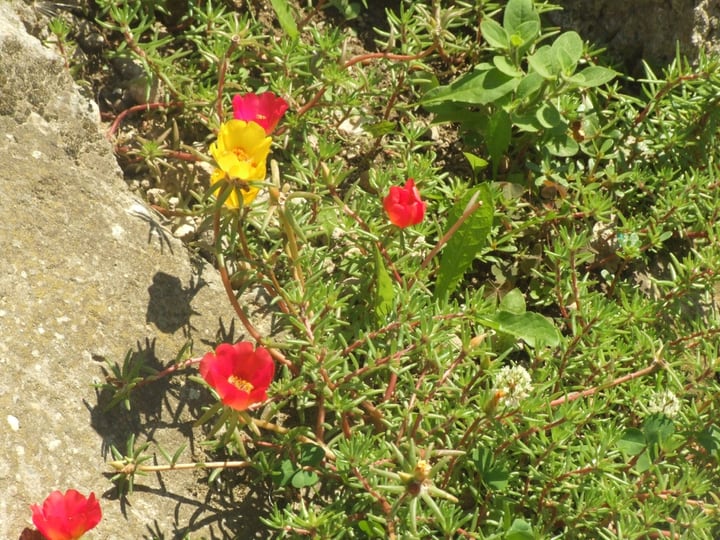
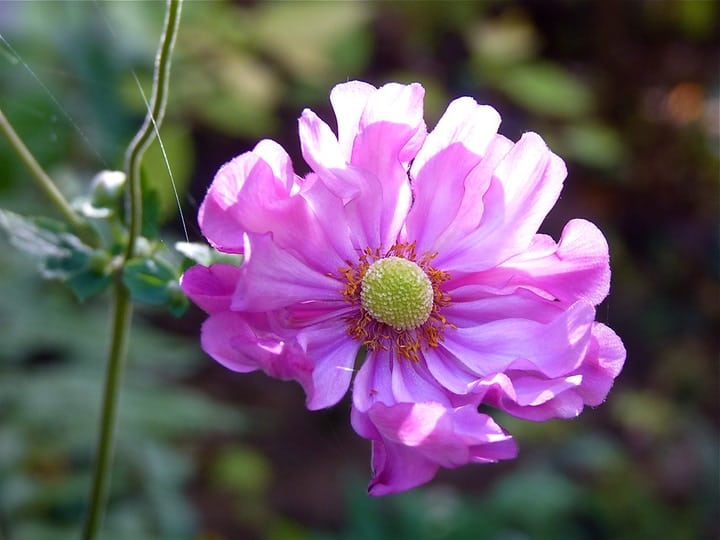
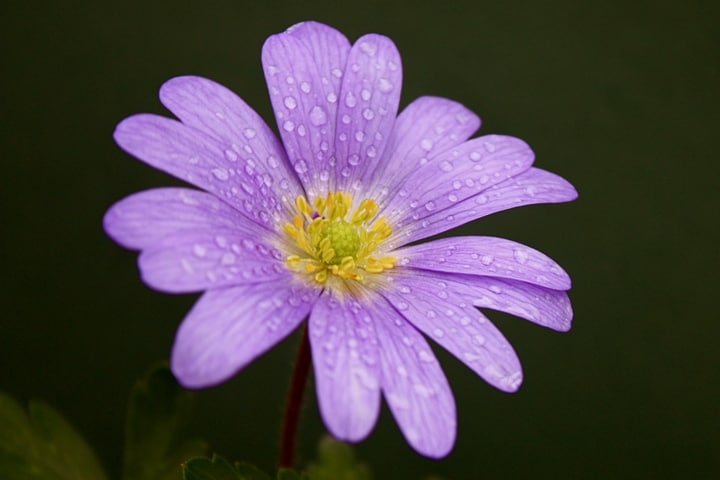
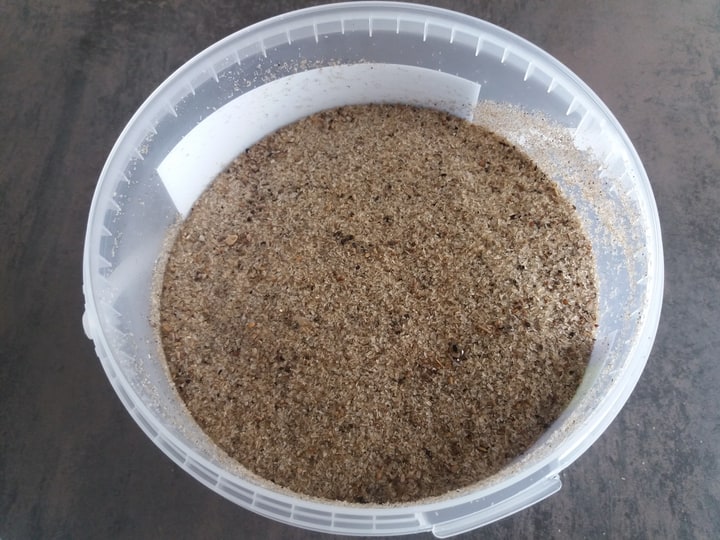
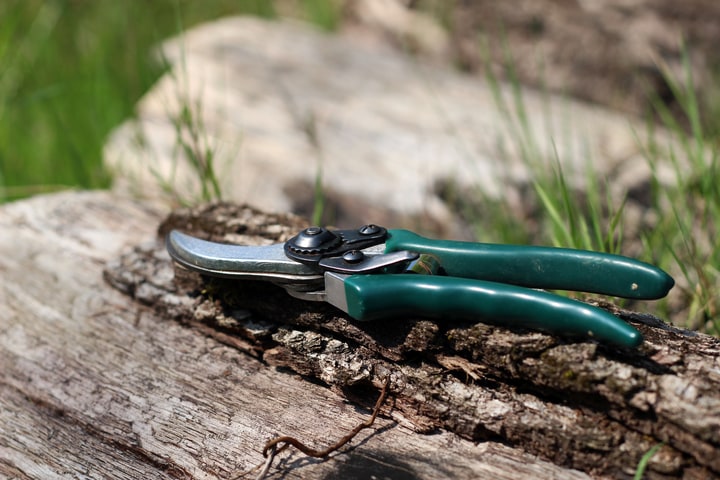
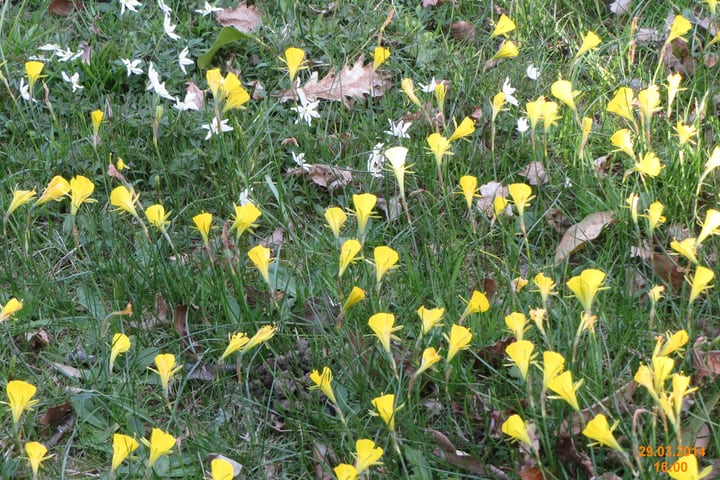
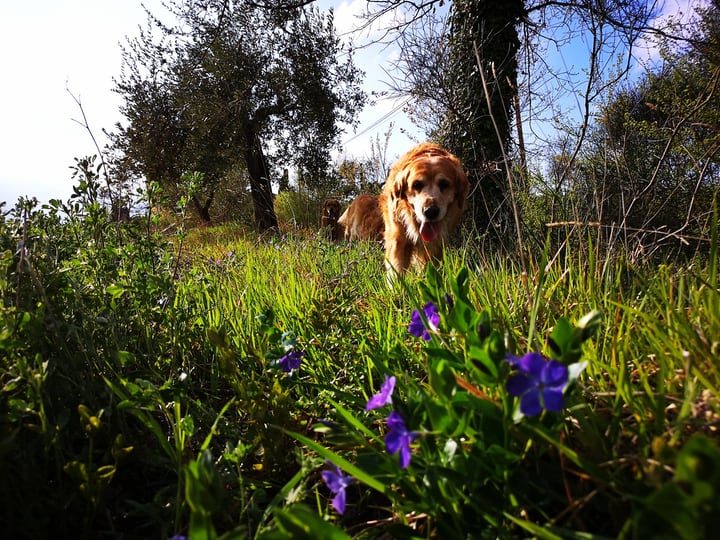
Leave a Reply